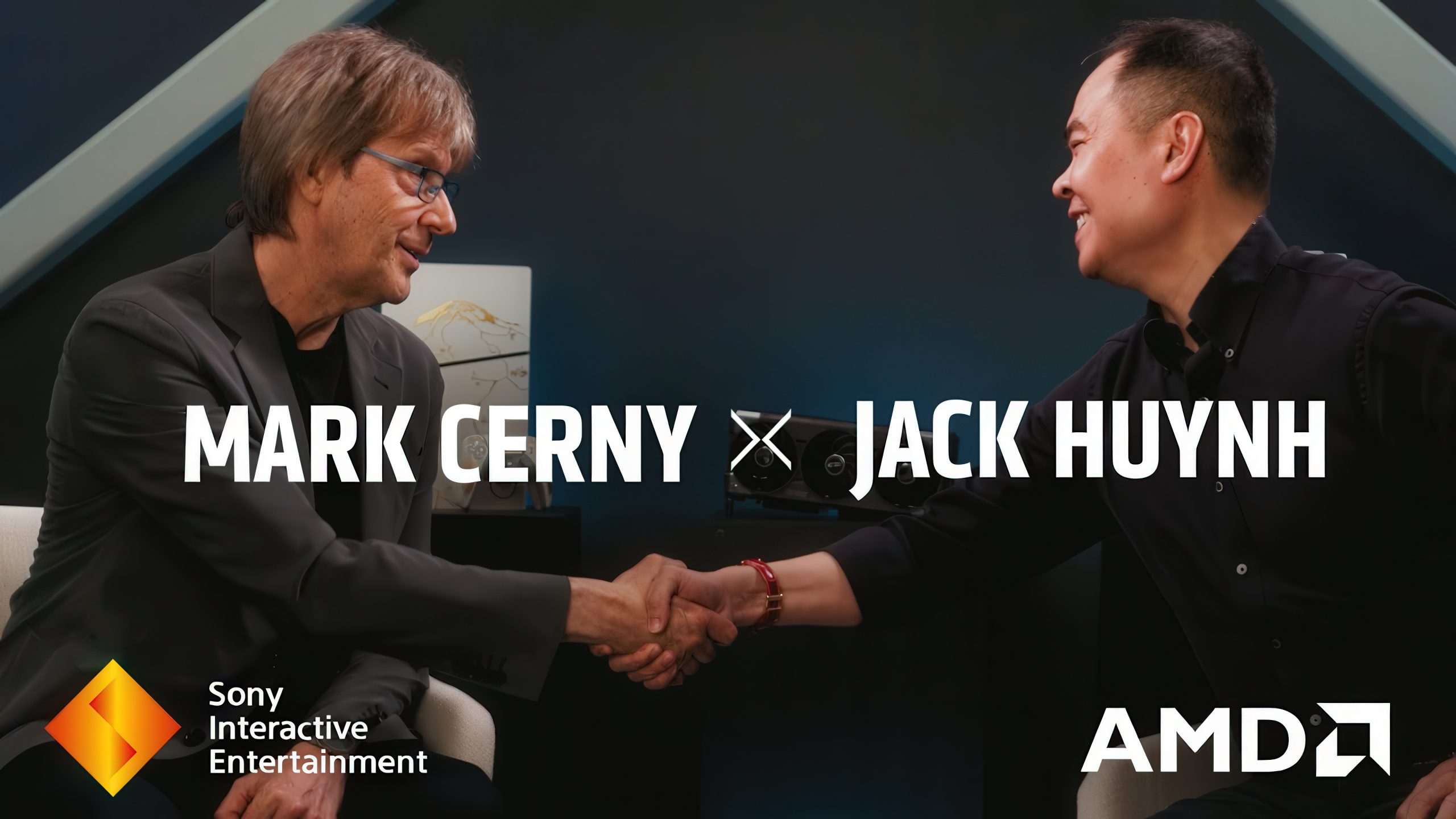Sony Interactive Entertainment and AMD recently unveiled significant advancements in their ongoing Project Amethyst initiative (initially introduced last December) during a presentation featuring PlayStation’s Chief Architect Mark Cerny and AMD’s Senior VP Jack Huynh. The pair showcased three groundbreaking technologies—Neural Arrays, Radiance Accelerators, and Adaptive Compression—slated for integration into upcoming AMD GPUs and Sony’s PlayStation 6.
The nine-minute reveal sparked numerous questions, prompting Digital Foundry to seek clarifications directly from Cerny. Their findings, shared in a new analysis video, delve into the technical implications of these innovations.
When questioned about Sony’s evolving hardware philosophy compared to the PS5 Pro era, Cerny emphasized Project Amethyst’s transformative potential:
Our approach has evolved significantly. Previously, we prioritized custom solutions tailored specifically for PlayStation systems. With Project Amethyst, we’re deepening collaboration with AMD to align our efforts with their hardware roadmap and software libraries. This synergy enables developers to create technologies that function seamlessly across consoles, PCs, and other devices, dramatically accelerating adoption. The ripple effects of these advancements could reshape the industry landscape.
Cerny noted that quantifiable performance gains from features like Adaptive Compression and Radiance Accelerators remain theoretical until implemented in development pipelines. While we foresee substantial benefits—such as machine learning integration enhancing compression for neural network outputs like FSR and PSSR—actual impact depends on hands-on experimentation by studios. Similarly, Radiance Accelerators’ full potential will emerge once developers re-engineer engines around their capabilities.
The architect reiterated that current implementations exist solely in simulations, delaying practical testing phases.
In follow-up correspondence, Cerny highlighted Adaptive Compression’s critical role in mitigating memory bandwidth constraints, which have grown increasingly challenging. He also confirmed Sony and AMD’s strategic emphasis on advancing machine learning and ray tracing capabilities over traditional rasterization improvements, which will receive incremental updates.
This aligns with recent leaks suggesting the PlayStation 6 could deliver a modest two to threefold raster performance boost over PS5, while ray tracing might see six to twelvefold enhancements. Industry insiders speculate a 2027 launch window for the console.
Stay updated via Wccftech’s Google profile or set us as a preferred source for tech news and reviews.



